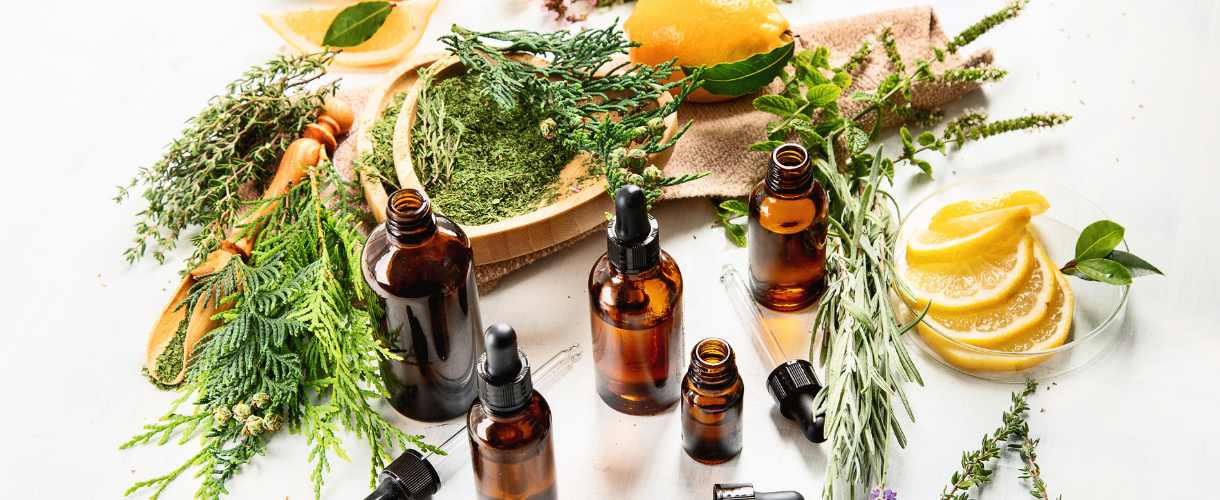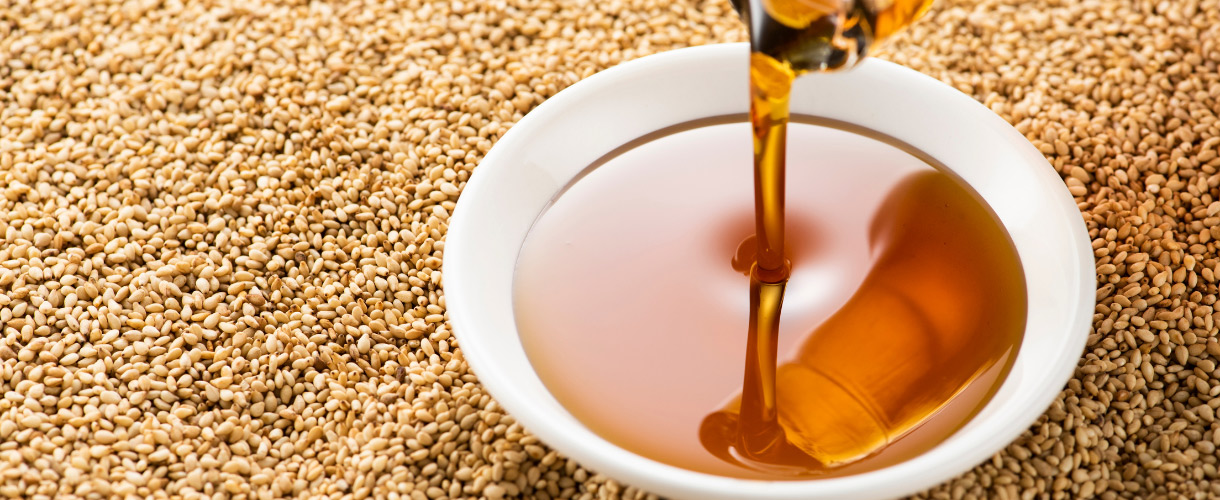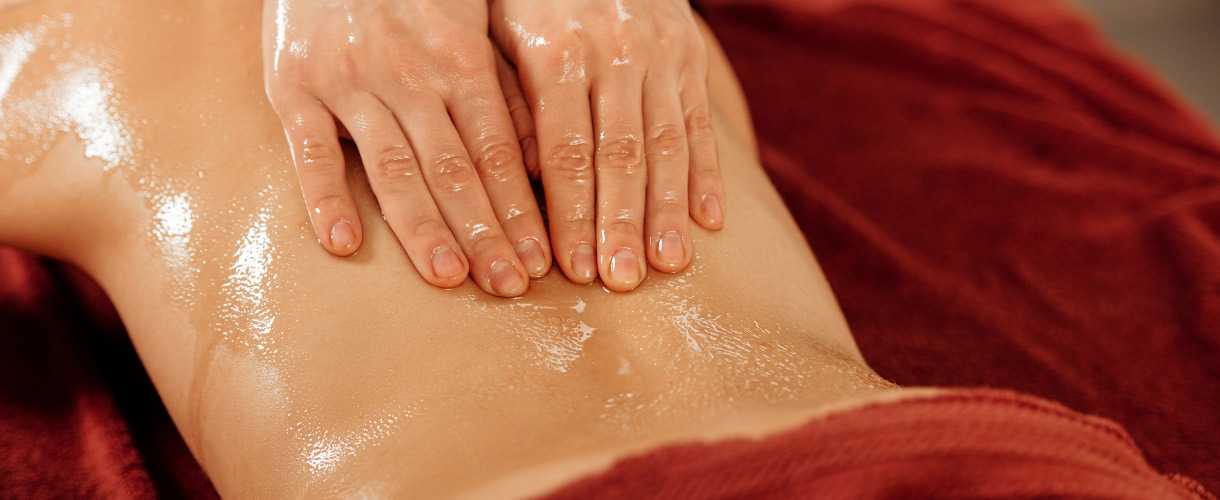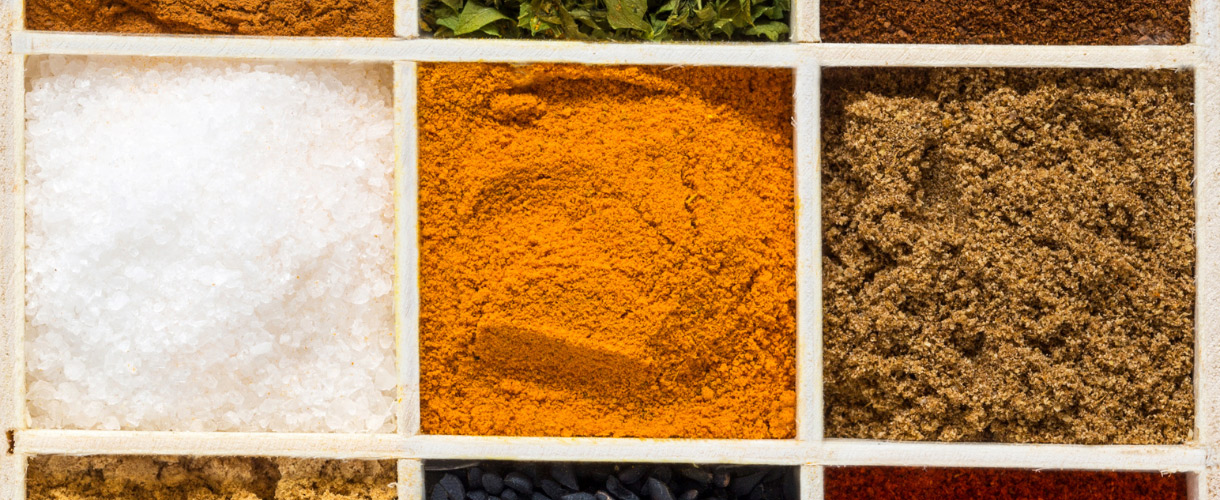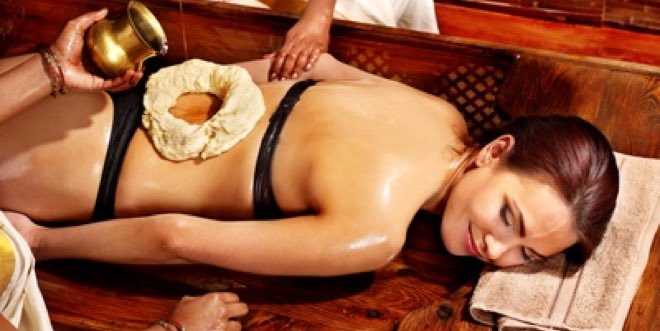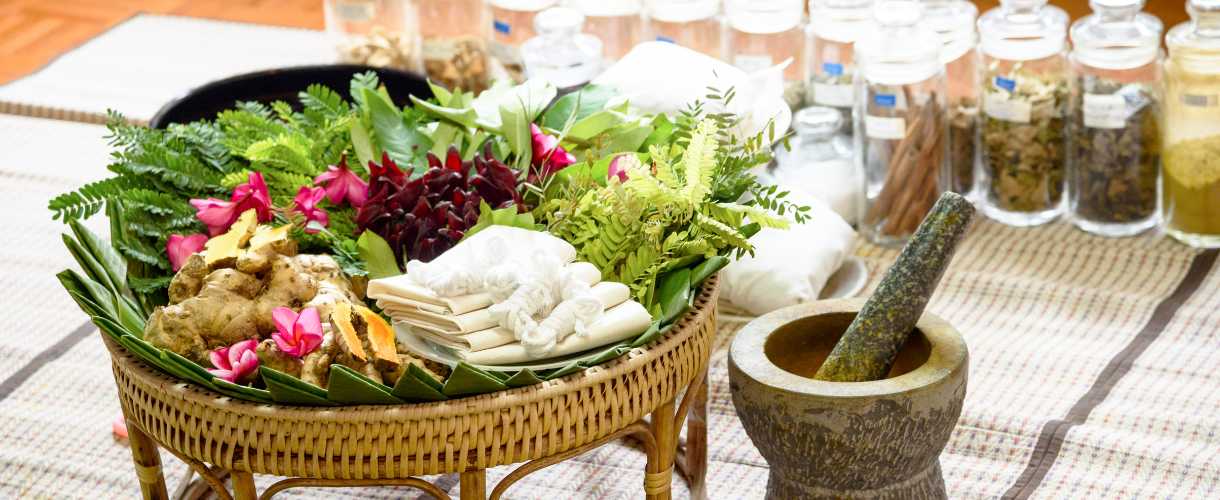
3 types of psychophysiological constitution: Doshas
July 2, 2017
Classes – Pranayama: Breathing through the whole body
October 12, 2017Essential oils have amazing properties and skin revitalising effects. Which oil you use will depend upon the purpose: do you want it to help elevate your mood, or do you need something to treat a burn? When you find one that matches your needs, be sure to pay attention to cautions for each oil and the method of application, as it is important to dilute the oils properly, consider your individual reactions, and watch closely for adverse effects.
How essential oils are used
Essential oils enter the body primarily in three ways, namely:
– applied to the skin
– inhaled, or
– ingested.
Within each of these, there are many and varied application methods. For example, you can apply essential oils topically using compresses, sprays, baths, or massaging them into the skin.
The application method you choose will depend on the essential oil you have selected, the condition to be treated and the desired effect. For example, the essential oils which are irritating to the skin because of their chemistry need more dilution or might better be used by inhalation. Wound care most often involves topical applications. Mood effects might be addressed by either inhalation or topical application. For fast action, inhalation might be preferred. Baths involve both inhalation and topical absorption.
Inhaling essential oils
Essential oils can be inhaled using a variety of techniques and devices.
Diffuser
Essential oils are placed in this device, sometimes with water (be sure to read the directions), and sometimes with heat so they evaporate. Some diffusers have a timer for convenience. Essential oils should never be directly burned as the chemical structure is dramatically changed with incineration (Buckle, 2003)
Dry Evaporation
Several drops of essential oil are placed on a cotton ball or tissue and allowed to evaporate into the air. If you want an intense dose, sniff the cotton ball. If a milder, more constant exposure is desired, simply keep the cotton ball in your immediate vicinity (for example, leave it sitting on your desk next to your computer).
Steam
Drops of essential oil are added to a bowl of steaming water, which quickly vaporises the oil. Place a towel over your head and over the bowl of water with essential oil drop(s) and breathe deeply. Keep your eyes closed during this process. This method is very direct and potent. The use of more than 1-2 drops may be overwhelming. The use of eucalyptus essential oil in this way can feel helpful with upper respiratory and sinus infections
Caution: This is not recommended for children younger than 7 years old. Children older than 7 who use this method of aromatherapy can use swimming goggles to protect their eyes.
Spray
Drops of essential oils are placed in a water-based solution, shaken, and sprayed into the air in order to deodorise a room or set a mood. An example might be spraying an aqueous solution of pine or citrus oils to enhance holiday feelings or a solution of peppermint oil to stimulate alertness. It is important to shake the bottle before spraying in order to spray the solution and not just water.
Topical Application of Essential Oils
Essential oils can be applied to the skin using a variety of techniques. It is important to note that most essential oils must not be applied directly to the skin without being diluted.
To prepare a solution
As a rule of thumb, essential oils that could be used on a portion of the body, should be diluted in a carrier substance (vegetable or nut oil, or water or ghee) at no greater concentration than 3-5%.
For massage or for application over large areas of the body, a 1% solution (meaning, one drop of essential oil in one teaspoon of carrier) is generally a safe concentration. For infants, using a 0.25% solution is recommended (.5% for toddlers). Note: If you use water as a carrier, be sure to shake or mix your solution well before application.
Carrier oils
Common carrier oils are often available in natural foods stores or stores that specialise in natural bath and body products. Organic and cold-pressed carrier oils are preferred, and examples include sweet almond oil, apricot kernel oil, grapeseed oil, jojoba oil, or avocado oil. These oils do not have a strong smell of their own. They should be kept refrigerated until used and should be discarded if they smell rancid. (Oils typically keep about a year if refrigerated.)
For wound care, an ideal essential oil would be gentle to the skin and antimicrobial. Some essential oils can be used in different ways. For example, true lavender essential oil (Lavandula angustifolia) can be used on the skin for cuts and minor burns, and it can be inhaled to promote relaxation and sleep. Lavender is one of the few essential oils that can be used undiluted on small areas of the skin.
The techniques
Compress
The essential oil is diluted in a liquid carrier (water or oil) and applied to a dressing or directly to the affected area. Optional heat or cold can be applied. For example, a few drops of ginger (Zinziber officinalis) essential oil can be added to comfortably hot water and mixed to disperse the oil; then a cloth can be soaked in the solution and placed on a stiff joint. Additional heat can be applied as desired.
Gargle
Drops of essential oil are added to water. You mix, then gargle the solution and spit it out. Do NOT swallow it. For example, one drop of tea tree oil in a glass of water can be gargled for sore throat discomfort.
Bath
Drops of essential oils are added to bath water in a dispersant immediately before stepping in. This method results in absorption through the skin, as well as inhalation of the volatilised essential oil. A few tablespoons of full cream milk can be used as a dispersant. Remember, essential oils are not water soluble; thus they will float on top of the bath and skin passing through the oil will be exposed to full strength essential oil. Bath salts can also be used to disperse essential oils. A relaxing bath base can be made by mixing one part baking soda, two parts Epsom salts, and three parts sea salt. Add six drops of true lavender essential oil to about two tablespoons of this mixture and mix it into bath water just before entering.
Massage
Drops of essential oil are added to a natural carrier oil and applied to skin areas with gentle rubbing. As noted earlier, massage blends should not exceed 1% concentration of essential oils (one drop in a teaspoon) for adults. For children, concentration should not exceed 0.25% for infants, 0.5% for toddlers age 6 months to 2 years, and 1% for children 2 years and older. The choice of essential oils for massage depends on the desired effect.
Internal application
Essential oils can be applied internally in several ways including oral ingestion and suppositories, but remember that the ingestion of essential oils is only recommended under the supervision of a licensed healthcare provider.
[box type=”note” align=”” class=”” width=””]Note: If you are unsure about which application method to use, consult an experienced aromatherapist.[/box]
Sandalwood
Sandalwood is revered for its amazing cooling and mildly astringent properties. The essential oil keeps bacterial and viral infections at bay. It is known for its spirit-lifting, soul-illuminating, bliss-emanating feel, because it’s heavenly aroma makes you feel calmer and more spiritually attuned. The toning, contracting effect of sandalwood helps contract tissues, (hence it is used to shrink pores), improve skin elasticity, provide even skin texture and prevent sagging and aging, thereby bringing back life to the skin.
Rose oil
Rose oil is revered worldwide because it’s astringent, cicatrizant property helps to fade the scars and after marks of boils, acne and pox, and provide rose-like properties to the skin. Both Sandalwood and Rose Oil are known as ‘Cicatrizants‘, which is a product that promotes healing, and derives its name from the word ‘cicatrix‘ which means ‘scar’. Rose oil is also used for fading stretch marks, pregnancy-related fat cracks and surgery scars. Rose’s essential oil’s antioxidant activity also promotes the healing process.
Citrus Peel Oil
Because of its citrus bioflavonoids, citrus peel is highly efficient at detoxifying the skin and thus making the skin pores smaller and cleaner. It works well on facial lines, pigmentation and dark spots to even skin tone.
Lavender Oil
Lavender oil is immensely calming and soothing. It leaves your skin nourished and pretty. It can act as a skin detox agent. It soothes the skin so rapidly that it is often recommended to relieve the pain from rashes, wounds and burns. It also tones and firms the skin by boosting its circulation and accelerating the renewal process.
Ghee
When the toning and tightening qualities of sandalwood, the hydrating and beautifying qualities of rose and lavender, and the nourishment of citrus peel are imbued into Ghee (clarified butter). It has miraculous benefits of its own. It is an effective carrier.
References
Buckle, J. (2003). Clinical aromatherapy: Essential oils in practice, 2nd Ed. Edinburgh: Churchill Livingstone.
England, A. (2000). Aromatherapy and massage for mother and baby. Rochester, Vermont: Healing Arts Press.
Information above is gathered from .takingcharge edu


